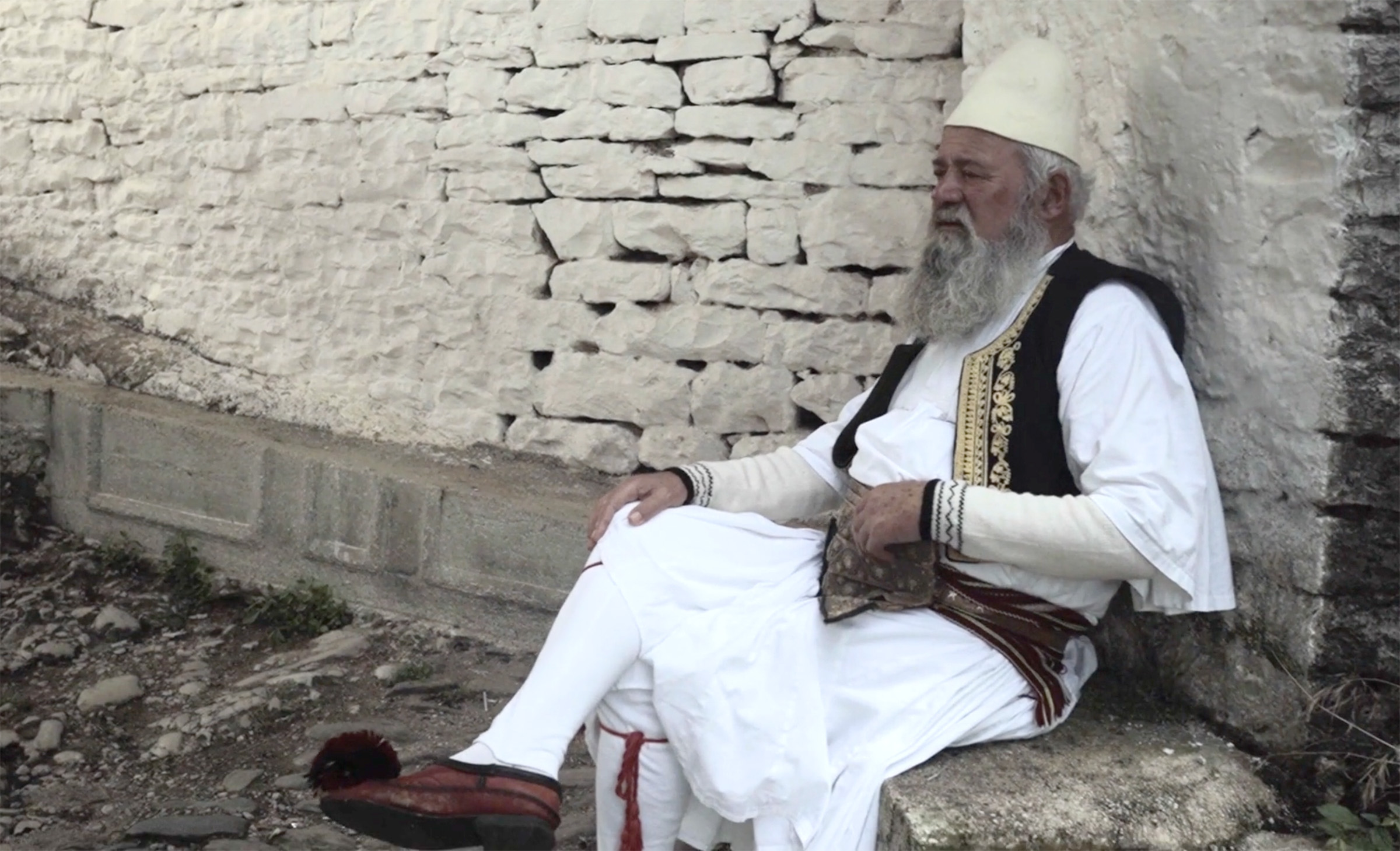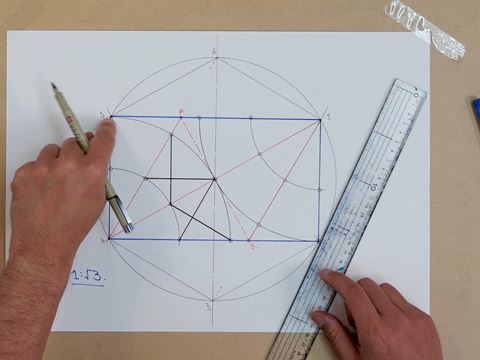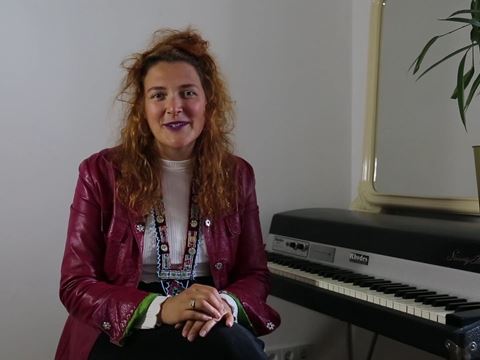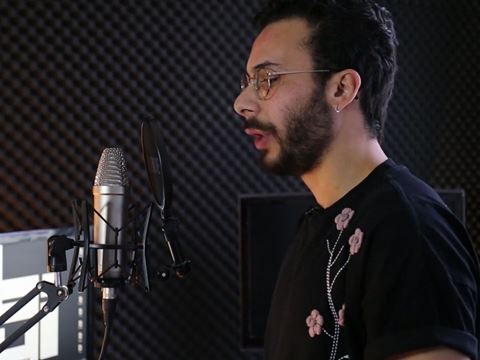
This content is blocked
You need to give permission.
Arian Shehu's Vocal Appeal To Safeguard Albania’s Iso-Polyphony
Duration:4min
For centuries iso-polyphony, a style of folk singing, has chronicled Albanian life. The songs are part of a rich tradition, and Arian Shehu lives and breathes it. The music is vital to Albanian weddings, funerals, harvests, festivals and other social events. Indeed, a Ministry of Culture official dubs it “the autobiography of a nation,” a means for the preservation and transmission of different stories. Recently, crowds gathered for the National Folklore Festival in the “stone city” of Gjirokastër, demonstrating that interest in iso-polyphony remains high. The challenge is getting younger generations to engage. But some are taking up the call.
Learn more and discover the story "A Vocal Appeal to Safeguard Albania's Iso-Polyphony" here.
Learn more and discover the story "A Vocal Appeal to Safeguard Albania's Iso-Polyphony" here.


